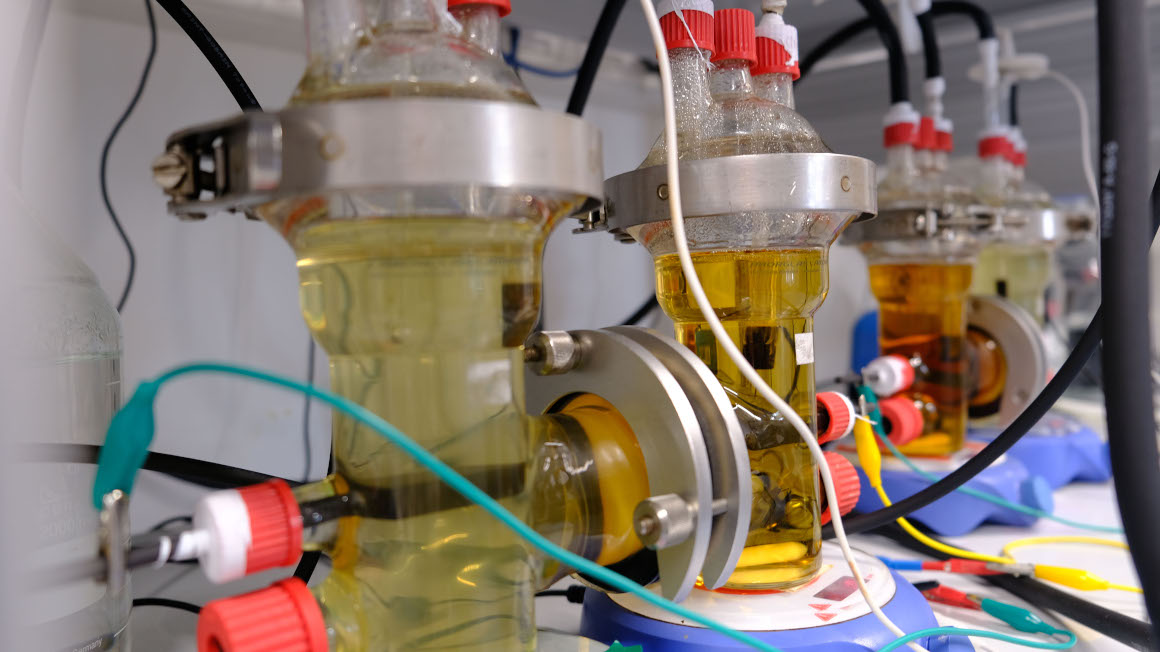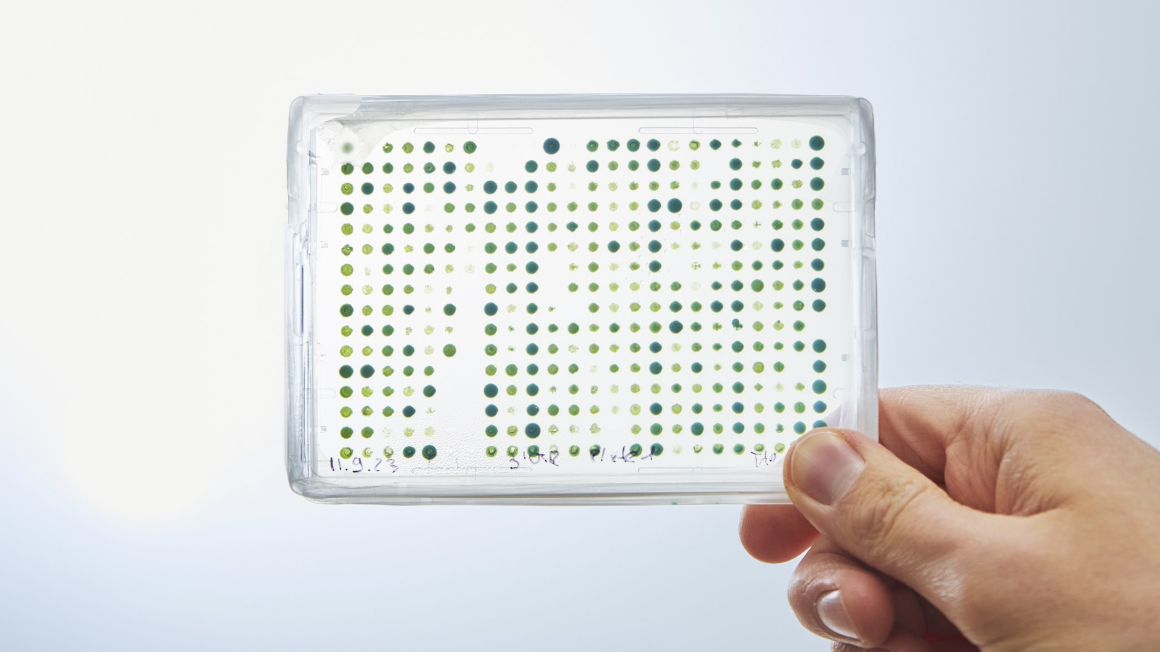Electrobiotechnology: Bacteria use hydrogen for biosynthesis
Leibniz researchers in Jena have demonstrated that bacteria use hydrogen for microbial electrosyntheses.

Carbon dioxide (CO2) has a bad reputation as a greenhouse gas. In order to achieve the climate targets, experts believe that it is far from enough to reduce emissions of the climate gas. Some of it must be permanently bound. There is great potential in the material use of CO2 as a raw material, because the carbon it contains is an important basic material for industry. Sustainable and innovative ways of using CO2 could therefore relieve the climate and benefit industry at the same time.
One promising technology to contribute to climate targets and the energy transition is microbial electrosynthesis (MES). In this process, an aqueous nutrient solution containing microorganisms is supplied with electricity while carbon is added. The microorganisms then use carbon dioxide and electricity to produce valuable organic compounds such as ethanol or acetate. Researchers at the Leibniz Institute for Natural Product Research and Infection Biology (Leibniz-HKI) have now been able to experimentally demonstrate what exactly happens during MES and, above all, what biological process it is based on.
Microorganisms use hydrogen for biosynthesis
The researchers were able to show that bacteria do not directly absorb the electrons supplied by electric current, but instead use the hydrogen produced in the process. "Until now, no one has measured hydrogen directly in the system," explains Santiago Boto, first author of the study. "With our design, we were able to gather multiple pieces of evidence that the bacteria use the hydrogen."
As part of the study, Boto had constructed an MES reactor that allowed key process parameters such as current flow, hydrogen formed at the electrode and hydrogen escaping from the liquid to be controlled and measured using microsensors. A pure culture of the bacterium Clostridium ljungdahlii was used at various concentrations.
Bacteria produce more chemicals than expected
The bacteria only showed high activity when "the hydrogen from the electrode was available to the free-floating bacteria," as the researchers report in the journal Green Chemistry. In its research, the team also found that this method could produce significantly more valuable chemicals than previously thought. After optimizing the process, the researchers say they achieved "the highest acetate yields to date from a pure bacterial culture." In the process, amino compounds were also formed that the bacteria do not normally produce, and reactions between the nutrient medium and the cathode that had also not been described before were observed, which apparently accelerate the synthesis process.
Possible new production method for chemicals
"Amino compounds are very interesting for the chemical industry, and the bacteria we used are also already in industrial use. We may thus have discovered a new production method for such chemicals," says Boto. With their study, the researchers have thus provided evidence for the first time that microorganisms use hydrogen for their biosynthesis. The next step will be to further analyze and optimize the process.
bb


